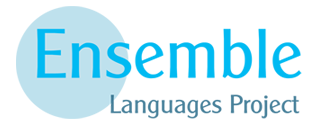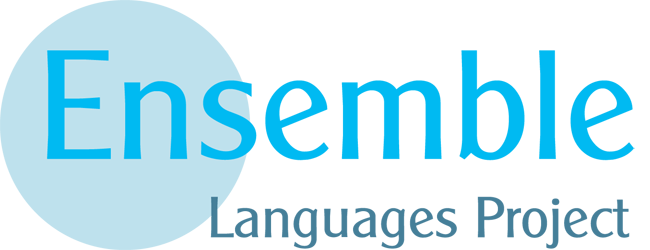Primary Language Teaching and Learning Resources
Primary Language Teacher Toolkit
The Candleby Lane Teaching School languages working group set out to devise a toolkit for primary teachers to use between weekly language lessons. The resources are intended for non-specialists and many include sound files to help with pronunciation. We hope that this will empower teachers to spend time on language learning and consolidation rather than on resourcing appropriate materials for their children. The aim is that children are repeatedly exposed to small amounts of language throughout the week. The toolkit focuses on everyday language such as numbers, seasons, birthdays, weather and colours through a range of resources including games, flashcards and power points with sounds. There is an introduction full of ideas and guidance on how to use the resources.
Food and Drink Interactive
A set of interactive resources in French and German with lesson plans, interactive whiteboard activities, sound files, word cards and picture cards to create short café dialogues and practice vocabulary and structures for food and drink.
Storytelling in French and German
This resource contains a set of digital resources as well as picture and word cards to develop reading and listening skills in French and German. For each language there are two stories – Goldilocks and The Pied Piper of Hamelin.
LeTS French Phonics
These resources enable pupils to develop and practice pronunciation and to make sound-spelling links in French. This will help them read anything they see and help them to predict spellings of words they hear. The words have been chosen carefully to be either cognates that pupils might pronounce wrongly, high frequency words that are often mispronounced, or words that do not necessarily come up in a topic area but are useful. The sounds are introduced progressively so that pupils are not expected to pronounce a word for which they have not yet been taught the sound. It is expected that teachers would introduce one or two sounds a week/lesson and recap the previous sounds at the start of each session. There are detailed lesson plans and lots of resources including songs, rhymes, raps, tongue-twisters and stories. The resource could be used in KS2 and KS3


